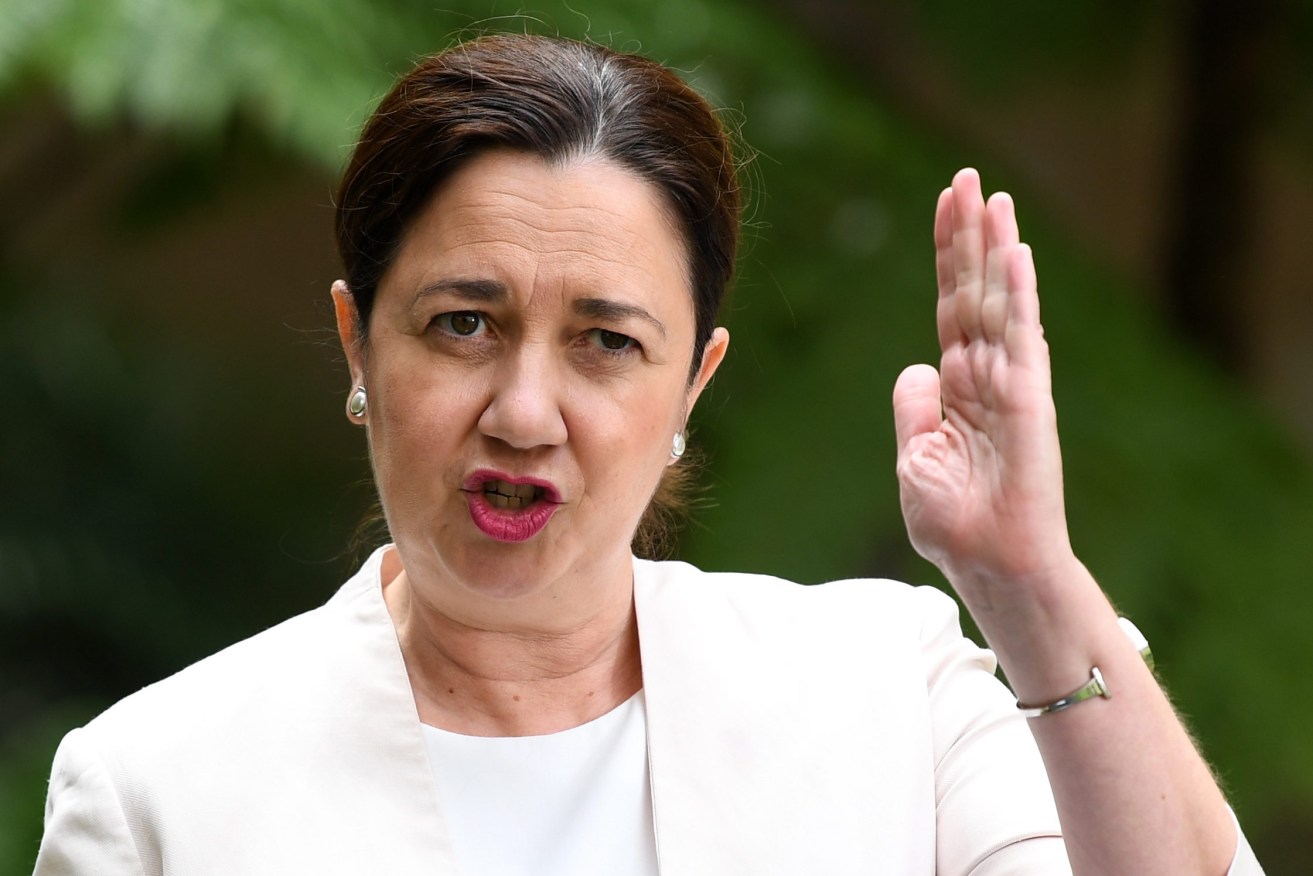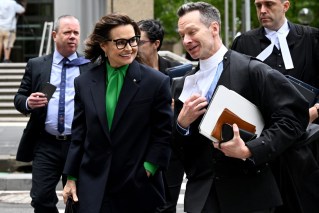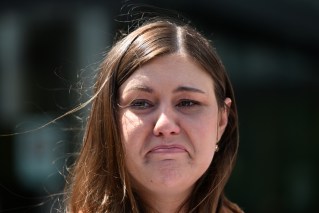How heavy hands and a tin ear have left Palaszczuk facing political isolation
Annastacia Palaszczuk’s government entered the COVID-19 crisis handicapped by the lowest approval ratings of any state. The Government has done little to improve that and still trails the field, writes Dennis Atkins


Queensland Premier Annastacia Palaszczuk. (Photo: AAP Image/Dan Peled)
As you’d expect in a federation, state leaders have responded to the COVID-19 health and economic crisis in different ways. The big players, backed by big populations and hefty gross state products, have been throwing their weight around – pushing the national agenda and at times seeming to relish the new, often unquestioned powers they’ve acquired.
New South Wales Premier Gladys Berejiklian has watched her government transform into a clown-car fleet with a death cruise ship disaster haunting everything and confusion on who can do what, how they can do and where it’s permissible. To the south, Daniel Andrews is running Victoria like a new faction of the Labor Party, issuing edicts and threatening harsher restrictions every few days. He’s maintaining community support but overreach such as police interrupting funeral services could unwind that.
Tasmania’s Peter Gutwein appeared to have things under control before the whole of the northwest of his island state was thrown into strict lockdown following a rapidly spreading cluster of infections from private and public hospitals.
Similar experiences are panning out in Western and South Australia where early action on closing borders, effective rapid health responses and efficient health regimes put in place have shown results in keeping the spread of the disease under control – despite two clusters emerging in SA.
Here in Queensland, we have had a mix of good early intervention, tough border controls and a reasonably responsive health system which has kept the spread of the disease below that of other eastern states and an encouraging lack of community transmissions.
However, we have been let down by mixed messages on two fronts – what was and wasn’t permissible in terms of movement and contact and the differing treatment of various regions and provincial centres.
There are too many instructions that contain the word “may” – such as people who visited particular places in Sydney or NSW, identified by Queensland Health as possible sources of COVID-19 infection, “may” be required to go into isolation for two weeks. This is either typical Queensland bureaucratic stupidity or something verging on dangerous self-regulation.
Annastacia Palaszczuk has adopted two personas during this crisis. She tries hard to appear as the Chief Carer that we’ve seen in many previous natural disasters – but this is far from just another natural disaster. It is a full-blown crisis that threatens health catastrophes unimagined and it is an economic crisis that is as unknowable as anything on the medical side of things. No one has ever shut down an economy before – even if it has been so far limited in scope but still devastating in how it’s been felt.
Almost at the same time, Palaszczuk is striking a head-of-school pose – keeping potentially unruly children in line and holding over everyone an ultimatum of further punishment.
In terms of public support, Palaszczuk went into this crisis handicapped. Her government was the least popular of any state administration prior to the COVID-19 crisis and she and her colleagues have done little to turn that around.
We saw that play out most starkly in the lead up to and over the Easter weekend. People were told sternly to “stay at home”. In particular, everyone was warned against going to the beach, holiday homes or even the local park if you didn’t have what police felt was a reasonable excuse.
People reacted as you’d expect. It didn’t take long for folk to become cranky, complaining they were being denied a weekend away when all they would be doing was go from virtual isolation in a suburban home in Brisbane to similar restrictions on movement in an apartment or beach shack they’ve owned for years.
Compare and contrast this with what happened in South and Western Australia where respective Premiers Steve Marshall and Mark McGowan said people in their states could go to the beach if they behaved. Guess what – they went to the beach and behaved.
Today’s Essential Poll confirms these observations. Western Australia has the highest level of popular support in handling the crisis at 79 per cent, followed closely by Victoria on 75 per cent and South Australia on 71 per cent.
After those three states (Tasmania wasn’t included because of the small sample size), it’s a sharp drop to NSW with just 56 percent support. Then there’s Queensland, with a bare majority public backing on just 52 per cent.
It’s clear the Palaszczuk Government is the laggard among states. Confused messages, restrictions that appear too stringent and inconsistent, overreach by often too-eager police personnel and a lack of a consistent, empathetic, positive message from the Premier are the reasons for that very poor rating.
That the Premier took time out over Easter to announce she’d serve out a full term if re-elected at the next election shows just how tin-eared she has become. Whoever thought that was a good idea should go into political isolation.













